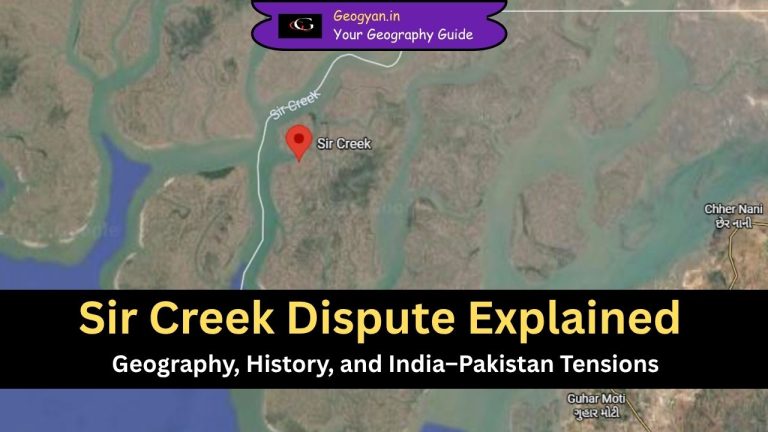Estimated reading time: 5 minutes
Table of contents
Introduction
When gazing at the vast expanse of the ocean, one cannot help but be captivated by the sight of majestic waves rolling across its surface. These waves, seemingly massive and powerful, are just one type of wave among many that result from the transmission of energy through various mediums.
In this article, we will delve into the intricacies of ocean waves, exploring their characteristics, causes, and the mesmerizing movement of water particles that underlies their formation.
The Illusion of Motion
To the observer, an ocean wave appears as a moving entity, a distinct ridge of water traversing the sea surface. However, it is important to understand that an ocean wave is an illusion created by the movement of energy through a medium. As the energy propagates, the medium reacts in specific ways, often manifesting as visible crests or ridges. These traveling crests give the impression of motion that we associate with waves.
The Illusion Unveiled

In reality, the water itself does not move continuously as the wave passes. Instead, a ribbon of energy travels at the speed of the wave while the water remains relatively stationary. To visualize this, imagine a seagull floating on the ocean’s undulating surface far from shore. The seagull moves in circular patterns, rising and moving forward as the wave crests approach, and descending and moving backward as they recede. Each circle the seagull completes corresponds to the height of the wave. Therefore, while energy flows past the resting bird, it only moves a short distance forward in each wave cycle. Hence, the apparent movement of the water on which the bird rests is merely an illusion.
Orbital Waves and Energy Transfer
The transmission of wave energy across the ocean’s surface occurs through the transfer of energy from one water particle to another along circular paths, or orbits. This circular motion of water particles, known as an orbital wave, is observed when waves propagate at the interface between two fluid media, such as air and water, or between layers of water with varying densities. The progressive nature of these waves causes the wave form to move forward. Winds are often the primary force responsible for generating these orbital waves. However, other factors can produce much larger and more powerful waves, characterized by extensive circular or elliptical orbits.
Exploring Ocean Wave Characteristics
Ocean waves exhibit distinct components that contribute to their defining features. The wave crest represents the highest point above the average water level, while the wave trough is the valley between two crests below the average water level. Wave height measures the vertical distance between a crest and its adjacent trough, while wavelength denotes the horizontal distance between successive crests or troughs. Understanding these parameters helps us analyze and comprehend the behavior of ocean waves.

Wave Period and Frequency
The time taken for a wave to travel a distance equal to its wavelength is termed the wave period. Wave frequency, on the other hand, refers to the number of waves passing a fixed point per second. These two measures provide valuable insights into the temporal aspects of wave motion, allowing scientists to study and analyze wave behavior.
Subsurface Dynamics
The circular motion observed at the surface of an ocean wave extends beneath the water’s surface. However, the diameter of the circular orbits diminishes rapidly with increasing depth. In practical terms, wave motion becomes negligible below half the wavelength, where the circles are only a fraction of their size at the surface. Divers in relatively deep waters would barely notice the passage of moderate-wavelength wind waves. It is important to note that the movement of water particles resembles a coordinated and uniform circular motion rather than interlocking mechanical gears.

Conclusion
Ocean waves are captivating natural phenomena that showcase the transfer of energy through mediums like water and air. By understanding the dynamics of these waves, including their illusory nature and the orbital motion of water particles, we gain insight into the complex mechanisms that shape our oceans. As we continue to study and appreciate the beauty and power of ocean waves, we uncover the secrets of our planet’s vast aquatic landscapes.
You May Also Like





























